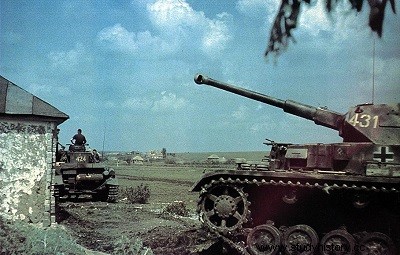
How to explain the unpreparedness of the Soviet armed forces in the face of the invasion?
Of course, the government of the U.S.S.R. and the high command possessed enough serious indications of the possibility of aggression. They were not without noticing the concentrations of German troops along the German-Soviet border and on Polish territory. But an error was made as to the assessment of the date of the possible outbreak of war:the head of the government, Stalin, and his closest collaborators, considered an attack from Germany unlikely before the summer of 1942. They believed that the Red Army still had a year ahead of it to complete its reorganization and re-equipment. In addition, our government was trying to avoid war or, at the very least, to postpone its outbreak.
It was not until the night of June 21-22 that the Soviet high command issued a deployment order to the troops of the military border regions, which included a warning against a possible attack by the Germans. But it was too late:this directive reached the staffs of the corps and divisions while many cities of the U.S.S.R. were already receiving bombs from German planes and that enemy troops had crossed the border in several places...
The Great War on the Eastern Front can be divided into three phases:
• 22 June 1941 to November 1942;
• 19 November 1942 to December 1943;
• from the end of December 1943 to May 9, 1945.
The brief campaign of the Soviet armed forces against the Japanese army of Kouan-Tong (August 1945) occupies a special place.
